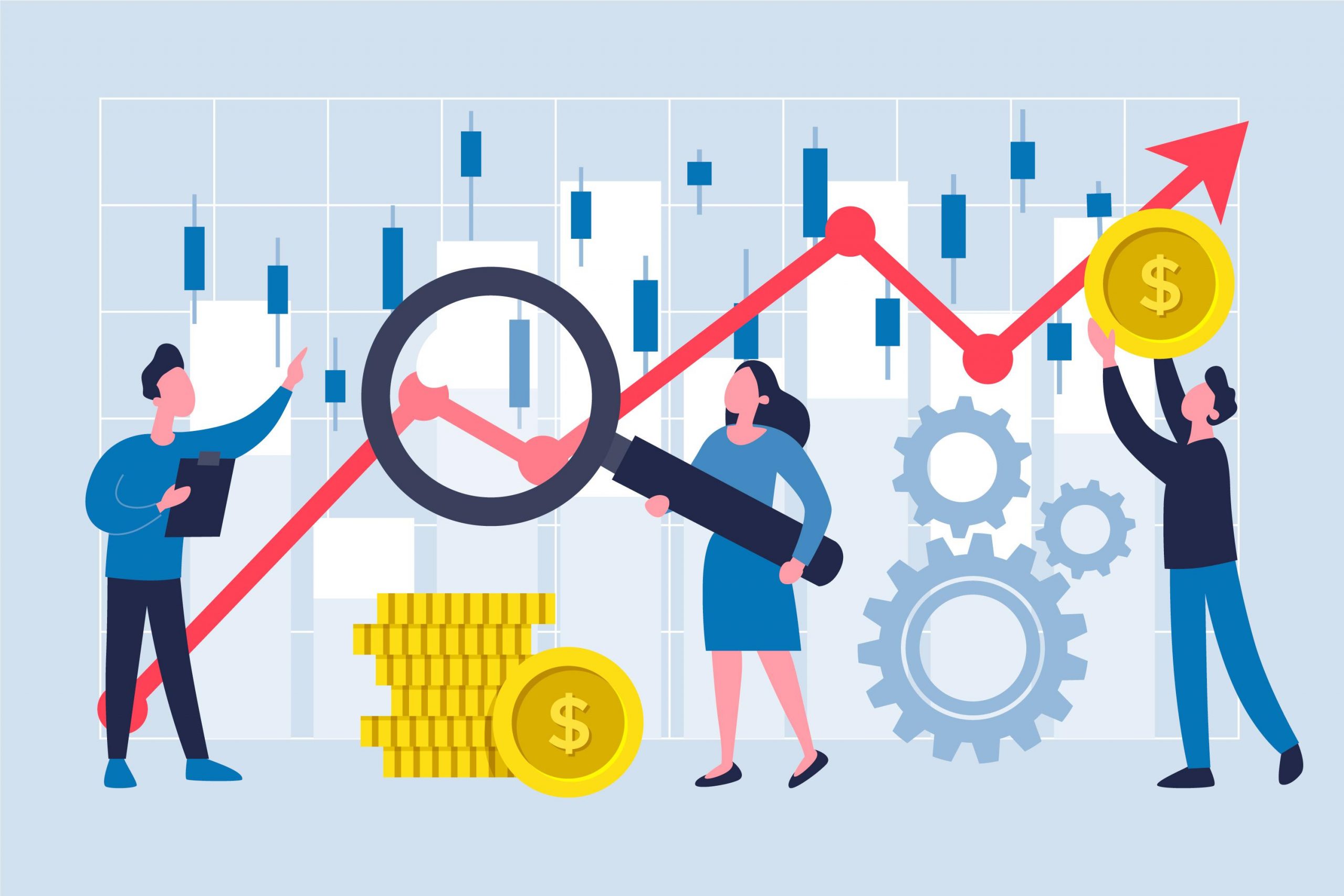Procurement Software: Is it in your IT budget?
Business | October 11, 2021 | By
This time of year, many companies are figuring out how to allocate resources in the next budget cycle. They will revisit old spend allocations, consider new or lingering business problems, and earmark funds for special projects. There will always be multiple priorities and opportunities competing for a spot in the
 IT budget but the teams with the greatest – and clearest – ability to create value for the company usually get the resources they need.
IT budget but the teams with the greatest – and clearest – ability to create value for the company usually get the resources they need.
Since so much of a company’s work is conducted digitally, many functions have a vested interest in the annual IT budget. Procurement is particularly closely tied to IT, as much of their work is done through technology. In fact, procurement technology is the only touchpoint many distributed buyers ever have with the procurement team.
Despite this, procurement often runs into trouble getting budget allocations from IT. Their technology platforms tend to be cross-company, include complex workflows, and address broad business problems and challenges such as missed product delivery milestones and manual systems entry/update tasks. Because these platforms affect everyone, procurement finds itself in stiff competition for investment alongside other company-wide solutions.
Unless they are specifically itemized and supported with a clear business case, investments in procurement technology may be deprioritized in the face of competing projects – a shame and a loss given the low level of resource support required from IT to implement these solutions.
Procurement teams that are looking to make sure they have a line item in the IT budget for 2022 should emphasize the following realities:
 Ownership Leads to Accountability
Ownership Leads to Accountability
When procurement has a specific line item in the IT budget, ownership of that investment and the associated ROI are made very clear to everyone. It also draws a direct line between operational issues and procurement solutions, making clear that procurement is the function that is best able to address some of those issues.
Fit-for-purpose procurement technology can address product misses, reduce the manual time spent re/keying data, and avoid the cost of expedited shipments for late shipments to customers. When the business finds itself asking, “Isn’t there a better way?” It needs to become quite apparent that the answer is, “Yes – by investing in procurement processes and technology.” Itemizing the investment in procurement technology within the IT budget supports the idea that the solution for business challenges lies in that application.
 Digital Transformation Cannot Succeed Without Procurement Transformation
Digital Transformation Cannot Succeed Without Procurement Transformation
Companies eagerly embark on enterprise-wide digital transformation projects – and yet they do not always see procurement as a critical stakeholder and/or contributor to the effort. Procurement systems run like threads throughout a company, integrating with and branching off of ERPs and other business intelligence solutions. If procurement is not specifically called out in the budget for digital transformation, their ability to participate as a full stakeholder is diminished, as is the ability of the project to fully transform legacy processes.
Procurement is a critical part of digital transformation because its scope brings them into direct systems-based contact with the majority of supply partners. Customers may also be negatively affected if flows of product inventory and service availability are not managed cohesively with technology that is regarded as ‘just’ belonging to IT. If affecting suppliers and customers are not sufficient justification, consider the impact to finance – forgetting about procurement when budgeting for and executing on a digital transformation can hamper the company’s ability to be strategic about working capital.
 A Budget Line Item Protects Procurement Earmarks
A Budget Line Item Protects Procurement Earmarks
When a technology investment made to enable a specific function is allowed autonomy from the overall IT strategy, the door is opened to new trends and best practices in the market. This approach allows for the best of both worlds. Procurement has agency over their solutions and implementations, and the enterprise can expect better performance from procurement because they own their infrastructure rather than having generalized solutions imposed upon them. In most cases, these solutions have large gaps in their process coverage that procurement handles manually.
In the absence of a best-of-breed solution, procurement has little incentive to ensure broad adoption and compliance among distributed users. They can hardly be expected to evangelize on behalf of a solution they do not consider their own. Ownership should make the business case for the investment stronger because it provides procurement with an opportunity to showcase their contributions – in terms of cost, value, and risk mitigation – to the rest of the company.
Budgets are not usually cast in stone, but they do serve as very good indicators of what the company considers important and what efforts will be emphasized in the coming year. By giving procurement their own line item in the IT budget, companies can be sure that the required investment is made to meet the experience wants and needs of buyers and suppliers, and they communicate to the whole company that investing in procurement specifically is in everyone’s best interests.
The return on a commitment to invest in procurement technology can be measured in multiple ways. The most obvious is the improved cost-effectiveness of enterprise spending, but better inventory management, improved risk mitigation, and lower process friction will be realized as well.
Talking to someone in Zumen can help in understanding the cost of such a best-of-breed procurement platform and case studies to substantiate the return on investment for such systems.
Kelly Barner
 About the Author:
About the Author:
Kelly Barner is the Owner and Managing Director of Buyers Meeting Point. She has a unique perspective on procurement from the numerous roles she has held during her 15 years in procurement. Kelly has several regular columns throughout the industry, and has co-authored three books: ‘Supply Market Intelligence for Procurement Professionals: Research, Process, and Resources’ (2014), ‘Procurement at a Crossroads: Career Impacting Insights into a Rapidly Changing Industry’ (2016), and ‘Finance Unleashed: Leveraging the CFO for Innovation’ (2017).













 Ownership Leads to Accountability
Ownership Leads to Accountability Digital Transformation Cannot Succeed Without Procurement Transformation
Digital Transformation Cannot Succeed Without Procurement Transformation A Budget Line Item Protects Procurement Earmarks
A Budget Line Item Protects Procurement Earmarks


